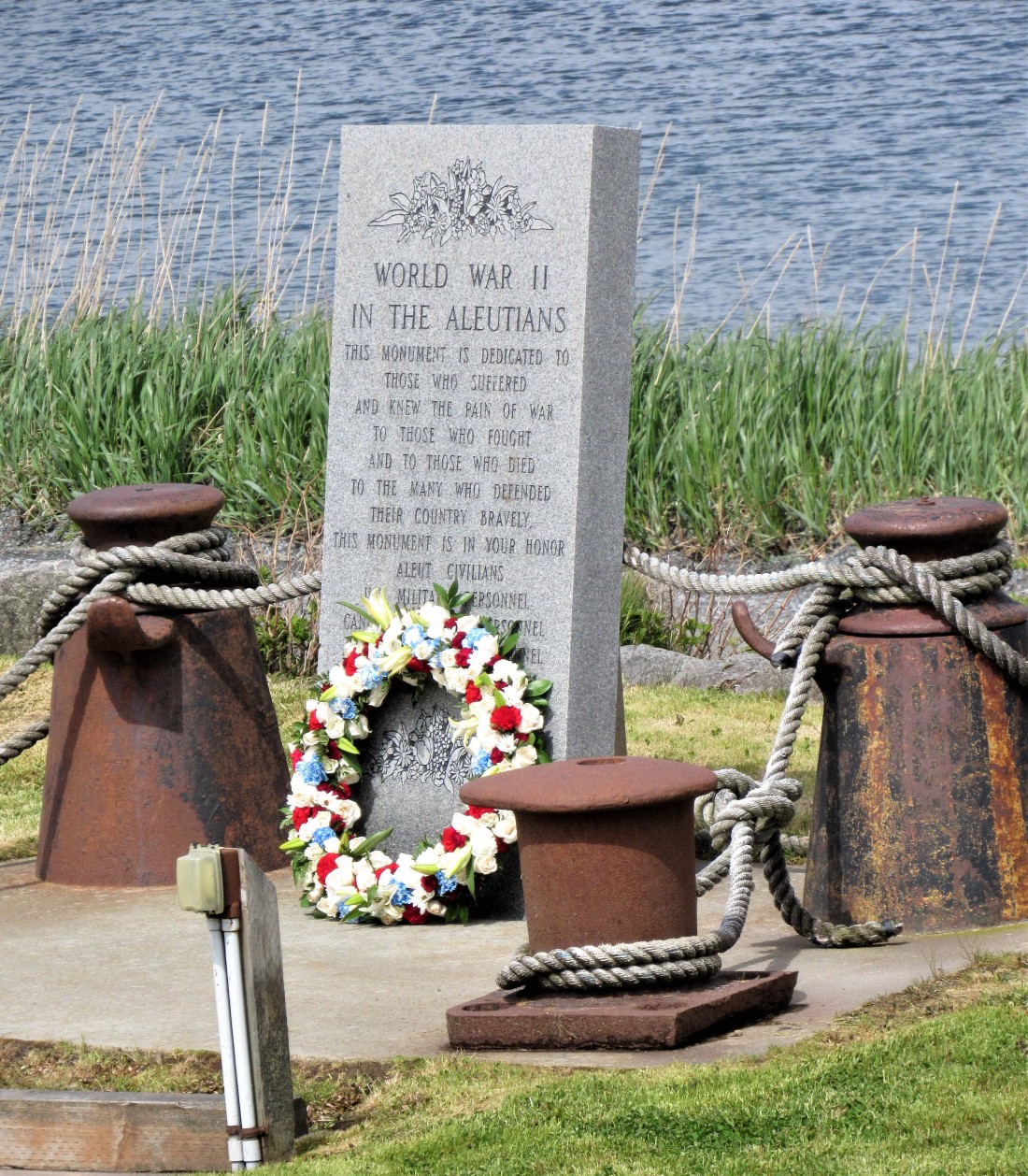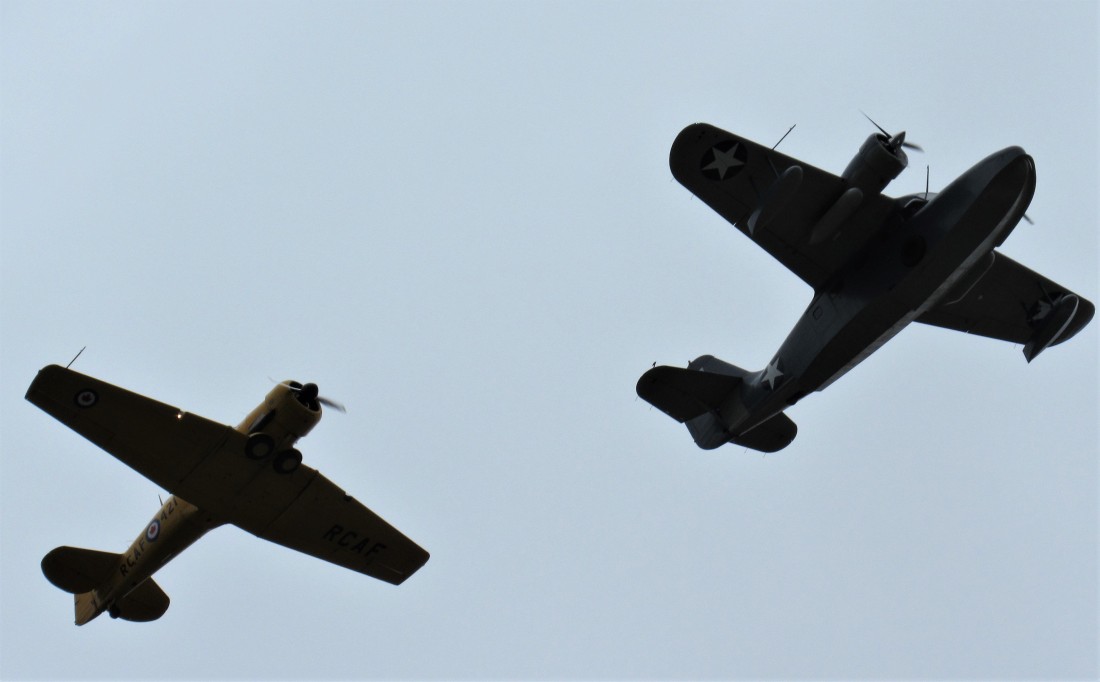 June 3, 1942 was the third event in the modern history of the Unangax of the Aleutian Islands that indelibly changed our pathway. The first, in 1741, was contact with the Russian fur procurers which resulted in a near genocide. The second, occurring in 1867, was the purchase of Alaska by the United States, known for years as a folly. This event that sold the indigenous peoples of Alaska and the land for $7.2 Million put the Unangax people into the assimilation machine that forced Natives to stop speaking their language, eating native foods, practicing native religions, and associating with other natives, and being forced into speaking only English. Only then could they be considered civilized. Only then could a native who came close to this interpretation of civilized life become an American citizen. The third event, the invasion of the Aleutian Islands by the Japanese Imperial Army, led to the forced evacuation of all of the Unangax from the Aleutian and Pribilof Islands to abandoned mines and fish caneries in southeast Alaska, absolutely stripping them of their civil and personal liberties. Their return, in late 1945, over three years from departure, brought them back having lost 10 to 15 percent of their population to death and back to homes and churches that had been vandilized and/or burned by the military that was supposed to protect them.
June 3, 1942 was the third event in the modern history of the Unangax of the Aleutian Islands that indelibly changed our pathway. The first, in 1741, was contact with the Russian fur procurers which resulted in a near genocide. The second, occurring in 1867, was the purchase of Alaska by the United States, known for years as a folly. This event that sold the indigenous peoples of Alaska and the land for $7.2 Million put the Unangax people into the assimilation machine that forced Natives to stop speaking their language, eating native foods, practicing native religions, and associating with other natives, and being forced into speaking only English. Only then could they be considered civilized. Only then could a native who came close to this interpretation of civilized life become an American citizen. The third event, the invasion of the Aleutian Islands by the Japanese Imperial Army, led to the forced evacuation of all of the Unangax from the Aleutian and Pribilof Islands to abandoned mines and fish caneries in southeast Alaska, absolutely stripping them of their civil and personal liberties. Their return, in late 1945, over three years from departure, brought them back having lost 10 to 15 percent of their population to death and back to homes and churches that had been vandilized and/or burned by the military that was supposed to protect them.
So we honor our lost villages, our lost people, our disappearing language and culture as we also honor those who gave their lives and youth to our fog-enshrouded islands in the protection of the United States. We have mitigated our anger and dispair and have come, once again, to accept our past as a way of growing and becoming strong so that we can reclaim those parts of our culture that swim at the edge of the abyss. Our mantra is, and always will be, adaptation.
 I love a parade. Small town parades are the best. They are full of heart and soul.
I love a parade. Small town parades are the best. They are full of heart and soul. via
via
You must be logged in to post a comment.